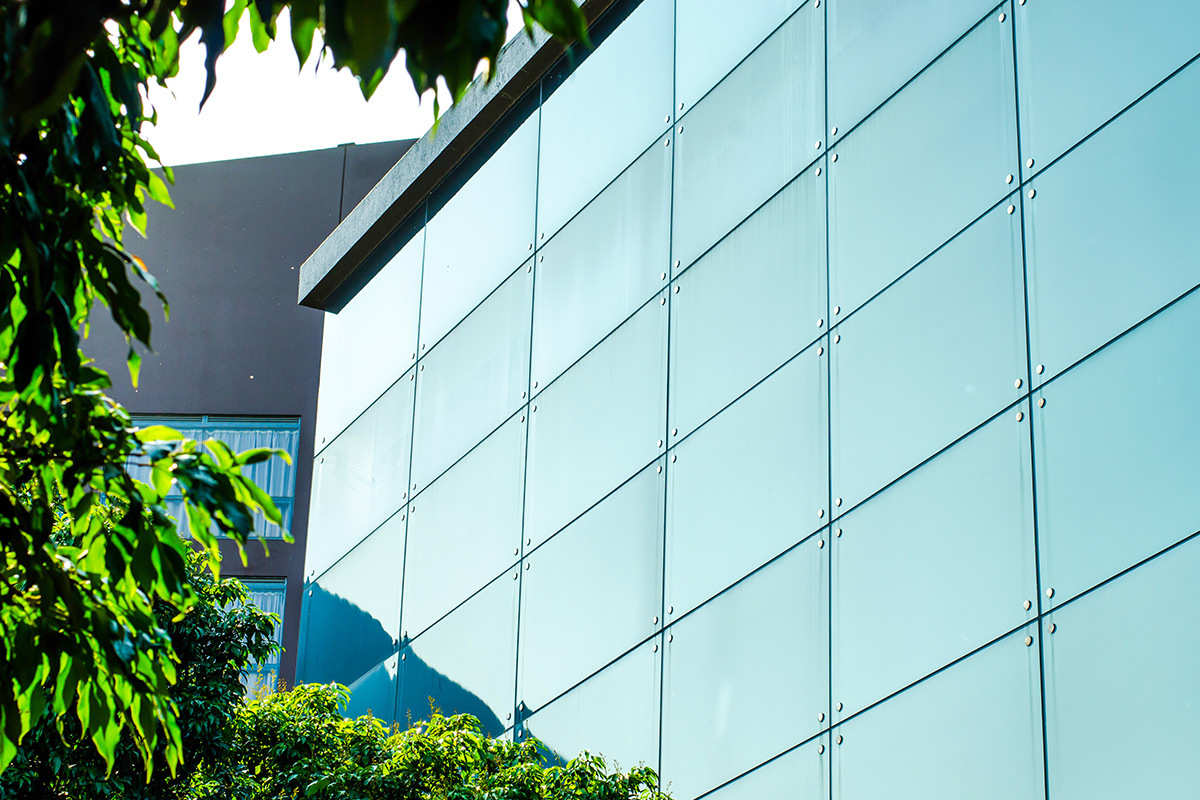Classification of Glass Production Processes and Properties
2019-08-29

Classification by production process Hot-melt glass: - Relief glass - Hammered glass - Brilliant glass - Liuli glass - Wire glass - Hotel products - Polycrystalline glass - Glass mosaic - Shadowless glue glass - Tempered glass The decorative items in this area are attracting more and more attention, with a significant portion of the crafts being made of glass. Below is a modern and simple image of a glass material shape for everyone to understand. The simple classification of glass is mainly divided into flat glass and special glass. Flat glass is mainly divided into three types: 1) Drawn flat glass (which can be with or without grooves), 2) Float glass, and 3) Plate glass. Due to its uniform thickness, flat and parallel upper and lower surfaces, along with high labor productivity and management benefits, float glass is becoming the mainstream method of glass manufacturing. Special glass, on the other hand, has many varieties, which are explained below according to the common types in decoration: 1. Ordinary flat glass 1. 3--4 mm glass, commonly referred to as "厘" in daily use. The 3 mm glass we refer to is glass with a thickness of 3 mm. This specification of glass is mainly used for picture frame surfaces. 2. 5--6 mm glass, mainly used for external wall windows, door panels, and other small area light-transmitting shapes, etc. 3. 7--9 mm glass, mainly used for indoor screens and other larger areas but with frame protection. 4. 9--10 mm glass, can be used for large indoor partitions, railings, and other decoration projects. 5. 11--12 mm glass, can be used for floor spring glass doors and some partitions with high pedestrian traffic. 6. Glass thicker than 15 mm is generally less available on the market and often needs to be ordered, mainly used for large area floor spring glass doors and entire glass wall surfaces. 2. Other glass The term "other glass" is just a classification by the author relative to flat glass and is not an official classification in the industry. The main types include: 1. Tempered glass. It is a type of pre-stressed glass made from ordinary flat glass through reprocessing. Tempered glass has two main characteristics compared to ordinary flat glass: 1) Its strength is several times that of the latter, with tensile strength over three times that of the latter, and impact resistance over five times that of the latter. 2) Tempered glass is not easily broken; even if it breaks, it shatters into non-sharp particles, greatly reducing harm to the human body. 2. Frosted glass. It is also made by further frosting ordinary flat glass. Generally, the thickness is mostly below 9 mm, with 5 or 6 mm being the most common. 3. Sandblasted glass. Its performance is basically similar to frosted glass, with the difference being that frosting is replaced by sandblasting. Due to their visual similarity, many homeowners and even renovation professionals confuse the two. 4. Patterned glass. It is a type of flat glass made using a calendering method. Its biggest feature is light-transmitting but opaque, commonly used in bathrooms and other decorative areas. 5. Wire glass. It is made by embedding metal wires or metal mesh within the glass plate using a calendering method, resulting in a type of impact-resistant flat glass that only forms radial cracks upon impact without falling and causing injury. Therefore, it is often used in high-rise buildings and factories with strong vibrations. 6. Insulated glass. It is made by using adhesive methods to keep two pieces of glass at a certain distance, with dry air in between, and sealed with sealing materials around, mainly used in renovation projects with sound insulation requirements. 7. Laminated glass. Laminated glass generally consists of two pieces of ordinary flat glass (which can also be tempered glass or other special glass) and an organic adhesive layer between the glasses. When damaged, the fragments still adhere to the adhesive layer, preventing splinters from injuring the human body. It is mostly used in renovation projects with safety requirements. 8. Bulletproof glass. It is actually a type of laminated glass, but the glass used is mostly high-strength tempered glass, and the number of layers is relatively high. It is often used in banks or luxury residences with very high safety requirements. 9. Heat-bent glass. Made from high-quality flat glass that is heated and softened in a mold, then annealed to form curved glass. It has an attractive style and smooth lines, appearing more frequently in high-end renovations. 10. Glass bricks. The manufacturing process of glass bricks is basically the same as that of flat glass, with the difference being in the forming method. The middle contains dry air. It is mostly used in decorative projects or light-transmitting shapes with insulation requirements. 11. Glass paper. Also known as glass film, it comes in various colors and patterns. Depending on the performance of the paper film, it has different functions. The vast majority serve to insulate, prevent infrared rays, UV rays, and explosions.
Contact Us
Telephone:+86-595-82102333 82102000 22339988
E-mail:wang@nyiglass.com
Address: No.7 Jiayuan Road, Wuli Development Zone, Jinjiang, Fujian, China










